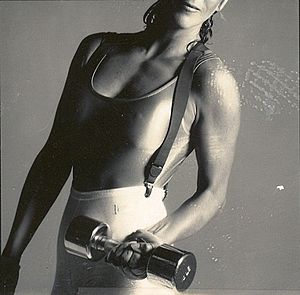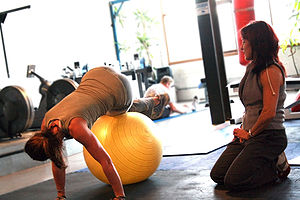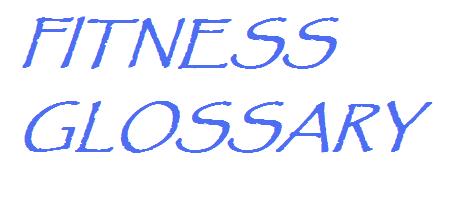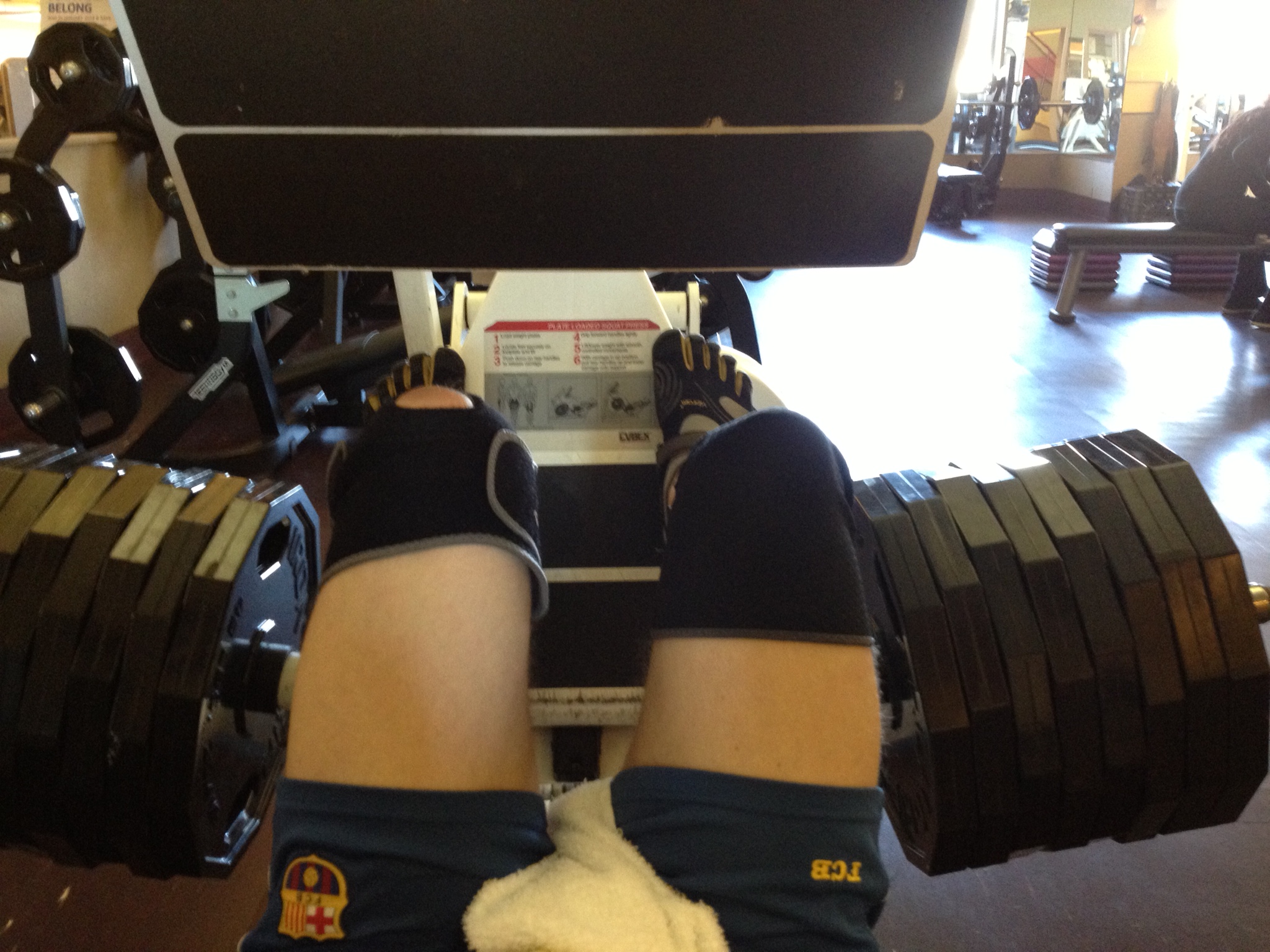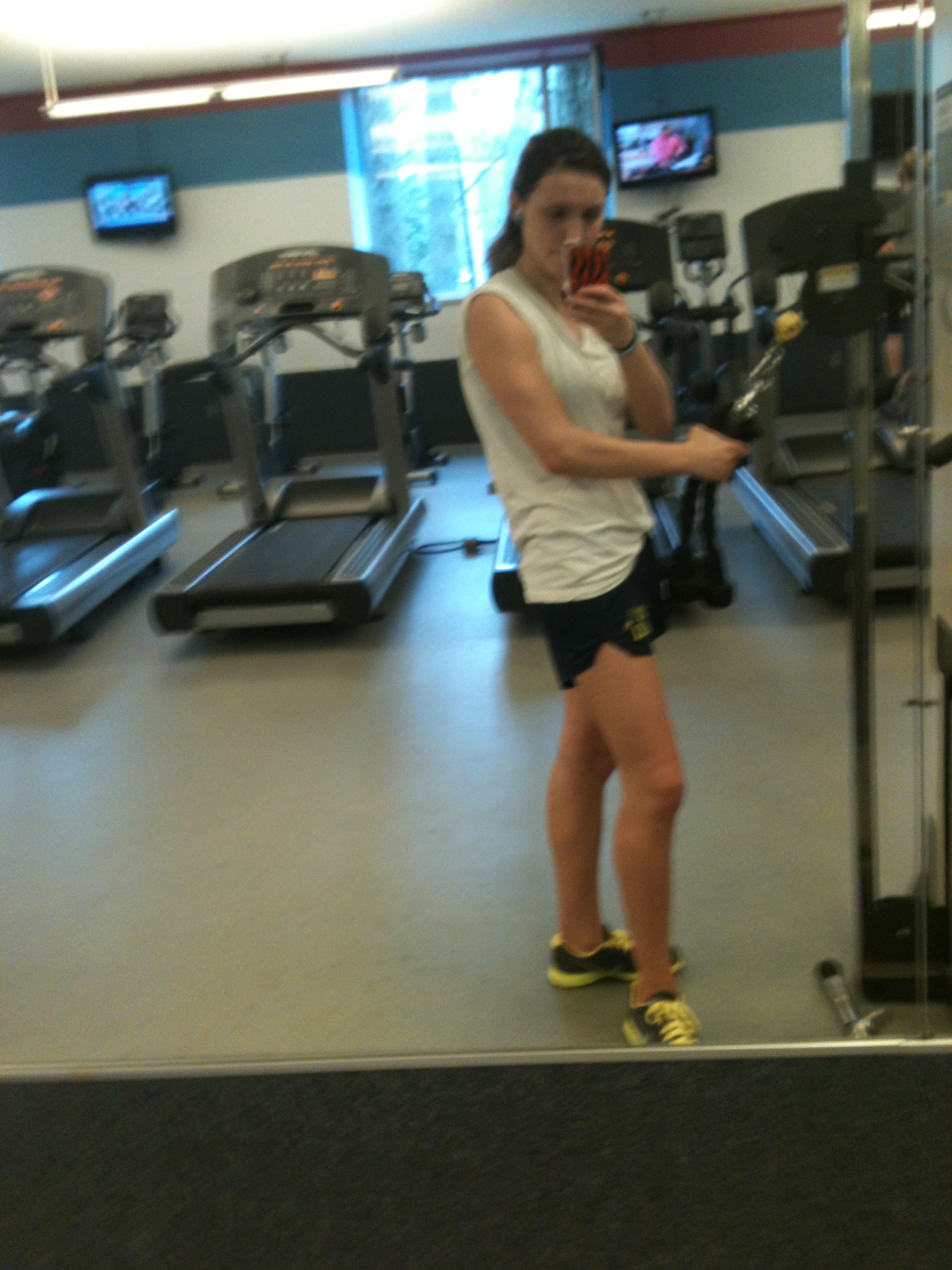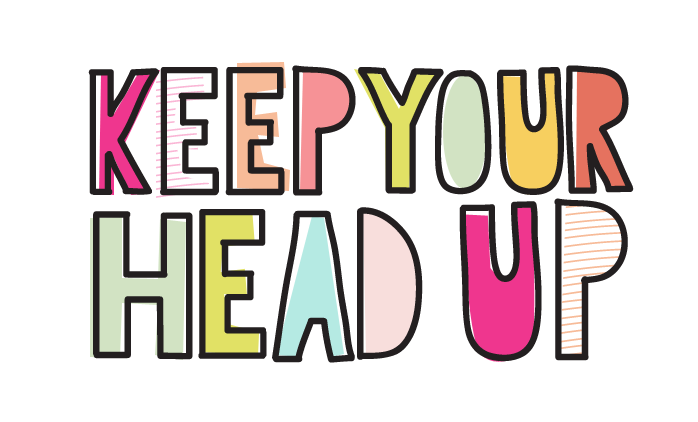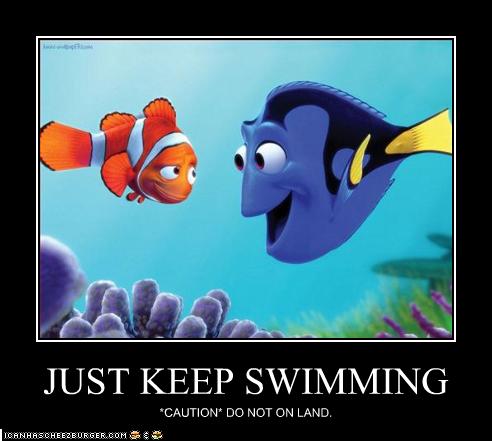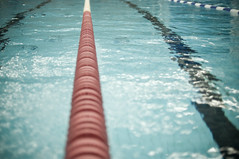I am no master of meditation. But it is a goal of mine to meditate every day for at least a few minutes. When I was doing it “religiously,” during college, I found such peace and clarity at the end of each session–even if it was just for a few minutes and I had struggled to focus. It was so worth my time and effort. I am slowly getting back into it now and I hope to expand my time each day meditating. Meditation can sound intimidating and weird. Why would I want to sit down and fight with my mind for 20 minutes? Good question. You hone your body through physical exercise, but ignore the mind. Meditation is exercise for the mind, making it strong and honed. It allows you to take control over your mind and emotions when usually they take control over you. It is worthwhile for everyone to try. Let’s start with baby steps.

“Gathering the Light” from the Taoist book The Secret of the Golden Flower, translated by C. G. Jung and Richard Wilhelm (Photo credit: Wikipedia)
The best way to start a meditation practice is to devote and hold yourself to doing it just for 2-3 minutes per day. That’s not a whole lot of commitment time–you can definitely do that. I usually do it just before bed and it allows me to go to sleep in a peaceful state. You don’t have to do it at the same time every day, but make sure you get some time in.
So now we’ve got our homework time set of 2-3 minutes per day. It really is the best way to start. Okay, I’m sitting here, closing my eyes–now what!
1. Understand the monkey mind. Our minds are not easy to control, they go this way and this, seemingly whenever they want to. We need to appreciate the mind for what it is–and not try to fight it by saying, “Empty my mind, fill it with nothing.” Because plainly speaking, that ain’t gonna happen. Especially when you’re just starting out. My Yoga teacher taught me that the mind is like a monkey–it’s jumping around, excited, trying to do and focus on a million things at once. That isn’t going to work for you. So, it’s simple–give it a task. Give it a task so that it focuses on one thing instead of seventeen. That will lead to clarity of the mind. What task should you give it? Read on.

This Statue of Shiva (Photo credit: Wikipedia)
2. Start with breathing. Bottom line. Once you’re comfortably seated or laying down (everyone is different)–it’s all about your breath. You may find that when you sit down and close your eyes, ready for meditation, your mind is screaming in a bunch of different directions and that everything that you know you need to do swarms your head. Calm that monkey mind down, and begin deliberate breathing. If you’re still struggling, ease your focus by counting with your breaths. I like to start with four counts inhale, four counts hold, then four counts exhale. That way, you’re concentrating on counting the breath, putting all your mind power into regulating it. As you breathe, put a hand on your chest and stomach, and feel how the breath pushes and pulls your body. Putting all your focus into your breath gives your mind a task. It is always that when we don’t try to “empty our minds” do we actually find clarity by devoting it to one thing. If you want, keep this counting breath practice your whole 2-3 minutes–it truly helps.
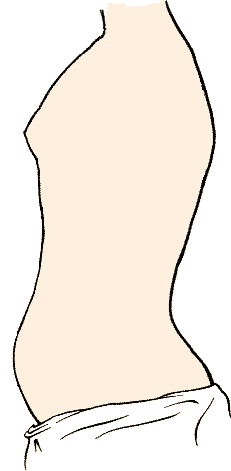
English: show the shallow breathing. Dansk: viser vejrtrækning i brystet. (Photo credit: Wikipedia)
3. Focus on an image. There are many other ways, beyond breathing, to focus the mind. I will list a few. One is focusing on an image. For example, I usually go with a flame or a grain of sand. I picture in my mind, while keeping my breathing steady, and picture every single thing about it–how it feels, if it’s warm or cold, what it looks like, how heavy it is, etc. It helps your mind when you imagine just that image and try to delve into it. Your mind can devote it one way, and it is a meditation to lead to meditative state. Another version of focusing on an image is staring at a real flame, either candle or fire–it can be captivating.
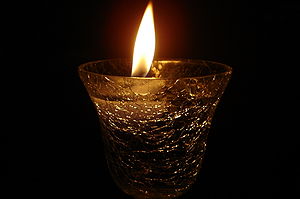
A flame (Photo credit: Wikipedia)
4. Focus on a word or mantra. This can be anything. A word that means most to you, a word or phrase you try to live by, something you want to see out of yourself–anything. It should focus on positive energy because it will determine your state of emotion and mind once you stop meditating. For me, I usually pick peace or be. I just project it in my mind, let it sound there, envelop all of your senses and focus. Another good way to concentrate.
5. Focus on a sound. Ever hear crickets from your room? Or maybe there’s a creek running out back. Maybe you have a buzzing air conditioner, heater, or humidifer. You could even put on ambient music to focus on as well. Find that sound, listen to it closely, let it be the only thing your mind focuses on. Try to detect where it is, and all the layers that make that sound. Make it so it is the only sound you hear.
6. Scan your body. Another great way of tuning in to your body and mind is doing an imaginative scan and feel of your body. Keeping your eyes closed and breathing deliberate, focus first on your feet. How do they feel? Are they sore? Are they hot or cold? Answer those questions and slowly move up the body, feeling out each part until you reach the top of your head. This may not seem like meditation, but it is–you are focusing your mind on something, excluding any other distractions and strengthening your mind power.
7. Return to your breath when frustrated. Sometimes, it’s just not working out. You’re focusing on the flame, but something in your mind is pulling it away from where you want it to be. Stop, re-center yourself. Count the breaths again and return to the start.
8. Congratulate yourself. Nice work! Meditation is not easy. We often underestimate the challenges for the mind. Once again, as you keep going, it will be easier. Soon that 2-3 minutes will turn into 5, and that 5 into 10 and so forth. Whenever I finish a meditation, I feel as if I could just float upwards on a cloud of warm peace and clarity. It sounds strange, but just 2-3 minutes can do that for you.

Meditation (Photo credit: Moyan_Brenn_be_back_on_Jan_20th)
Remember that success in meditation is not “emptying the mind”–it is focusing it. Give it that task, whatever of the above you would like and you will venture into the meditative state. Good luck and let me know if you have any questions or comments!

How I feel after meditation
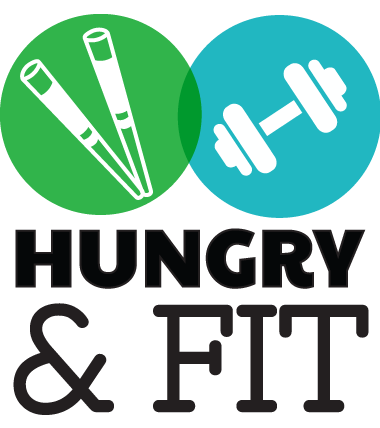


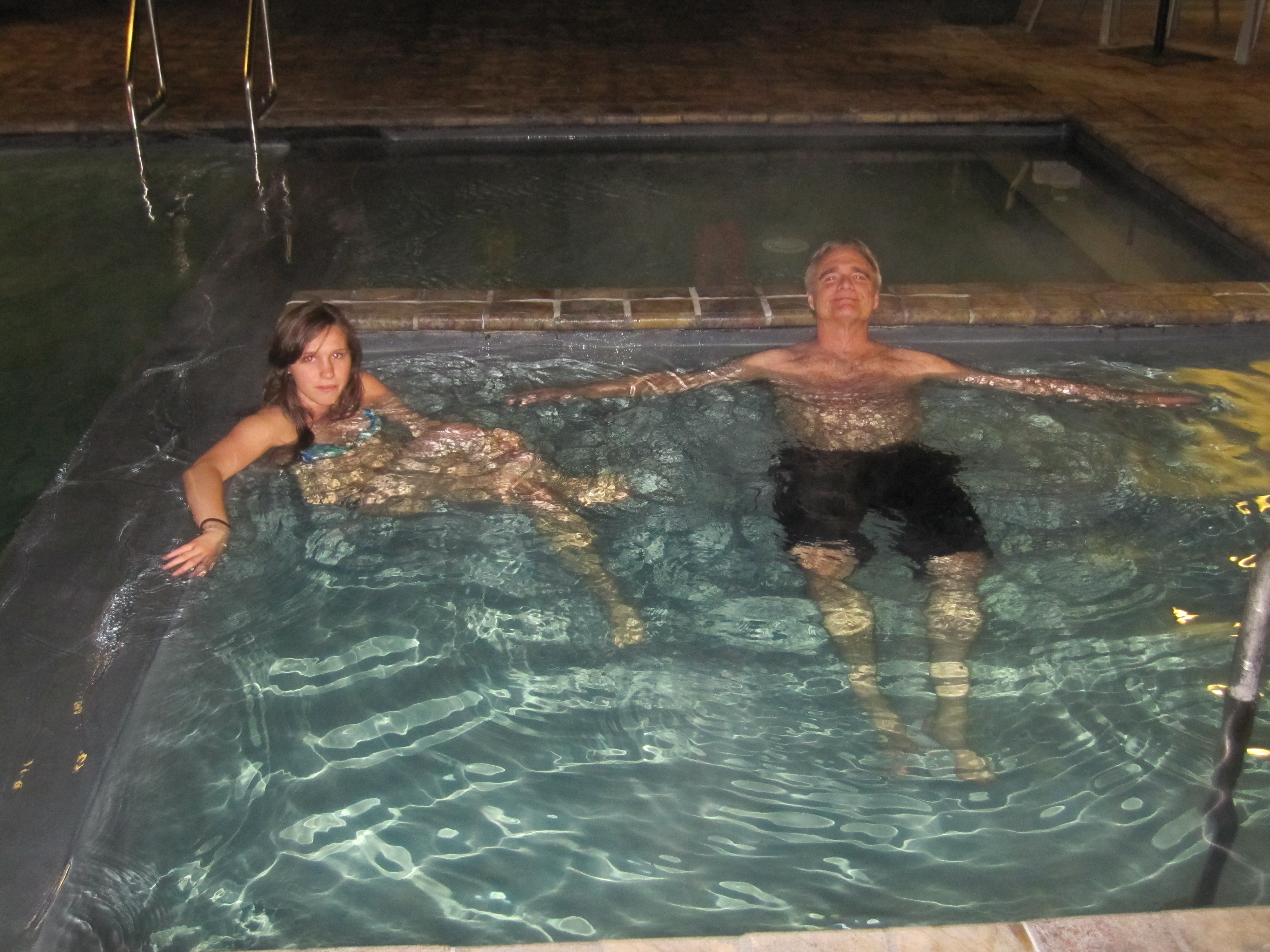


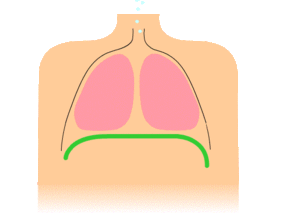



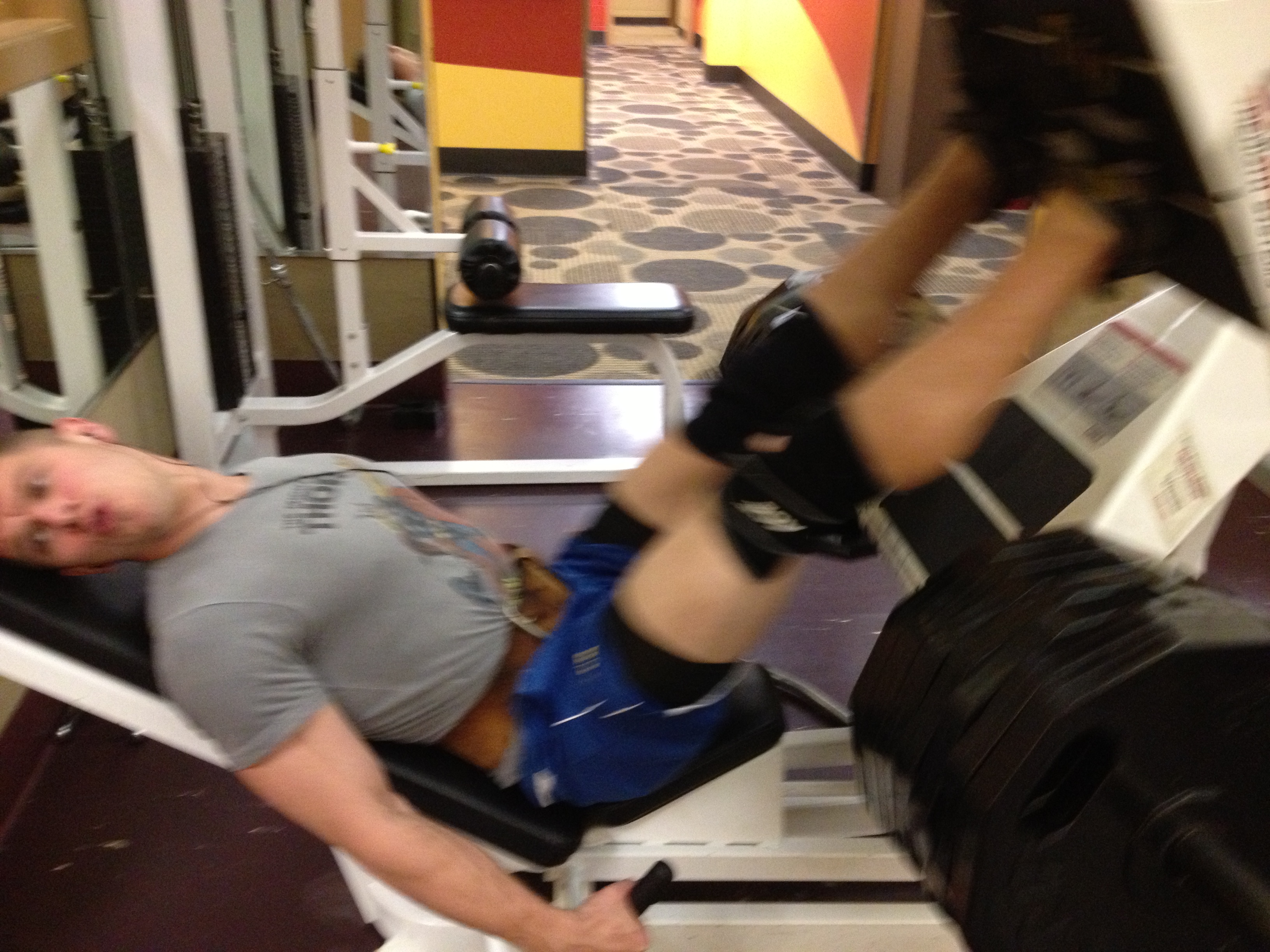
![[Exhalation] Tomoe Shinohara as Sayuri [Exhalation] Tomoe Shinohara as Sayuri](http://farm5.static.flickr.com/4090/5135861996_338c31a387_m.jpg)

